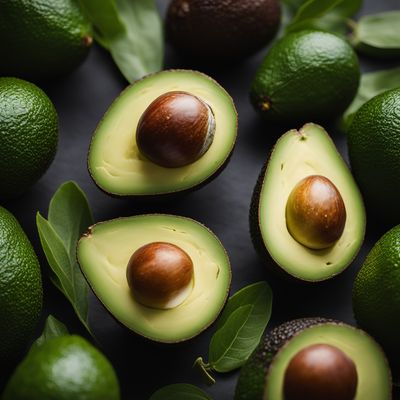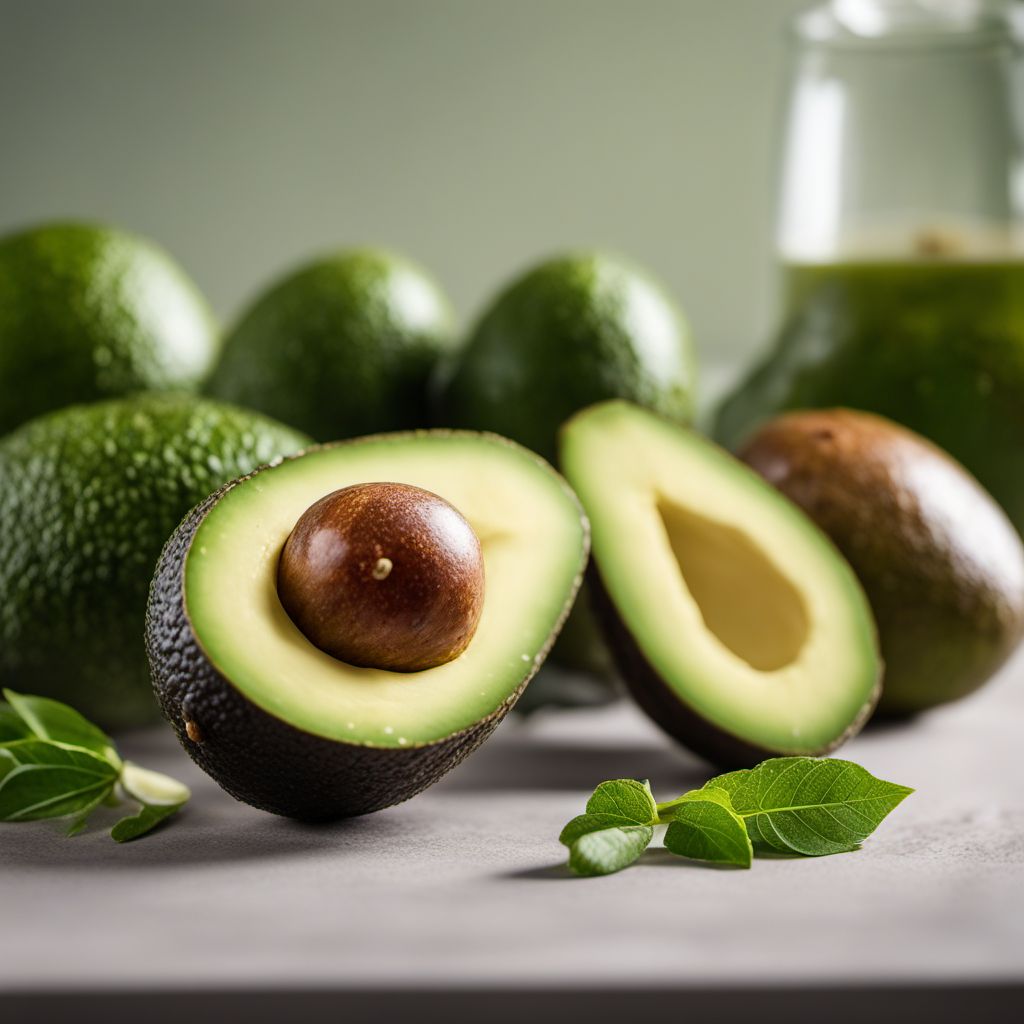
Ingredient
Avocados
The Versatile Green Fruit
Avocados are oval-shaped fruits with a buttery, smooth texture and a rich, nutty taste. They have a vibrant green color and a creamy flesh that can range from pale yellow to bright green. The texture of avocados is often described as buttery and silky, making them a popular ingredient in both savory and sweet dishes. They are packed with healthy fats, fiber, and essential nutrients, making them a nutritious addition to any diet.
Origins and history
Avocados have a long history dating back to ancient Mesoamerican civilizations, where they were considered a sacred fruit. They were first cultivated in Central and South America, with evidence of avocado consumption dating back over 10,000 years. Avocados were later introduced to Europe by Spanish explorers in the 16th century and have since become a global culinary sensation. Today, avocados are grown in many countries around the world, with Mexico being the largest producer.
Nutritional information
Avocados are a nutrient-dense fruit, rich in healthy monounsaturated fats, fiber, vitamins, and minerals. They are a great source of potassium, vitamin K, vitamin E, and vitamin C. Additionally, avocados contain antioxidants and beneficial plant compounds that promote heart health and may have anti-inflammatory effects.
How to select
When selecting avocados, look for fruits that are firm but yield to gentle pressure when squeezed. Avoid avocados that are overly soft or have dark spots. The skin should be dark green or black, depending on the variety, and free from blemishes. It's also helpful to check the stem end of the avocado - if it comes off easily and is green underneath, the fruit is ripe and ready to eat.
Storage recommendations
To store a whole avocado, keep it at room temperature until it reaches the desired ripeness. Once ripe, store it in the refrigerator to slow down the ripening process and extend its shelf life. Cut avocados should be stored in an airtight container or wrapped tightly in plastic wrap to prevent browning. To prevent oxidation, drizzle the exposed flesh with lemon or lime juice before storing.
How to produce
Avocados can be grown at home by planting the pit of a ripe avocado in a pot or directly in the ground. They require a warm climate and well-drained soil. It can take several years for an avocado tree to bear fruit, but with proper care and patience, you can enjoy homegrown avocados.
Preparation tips
Avocados can be sliced, diced, mashed, or pureed, making them incredibly versatile in the kitchen. They can be used as a spread on toast, added to salads, blended into smoothies, or used as a base for creamy sauces and dressings. Avocados also pair well with a variety of flavors and ingredients, such as lime, cilantro, tomatoes, and grilled meats. When preparing avocados, be sure to remove the pit and scoop out the flesh using a spoon or knife.
Culinary uses
Avocados are widely used in Mexican cuisine, where they are the main ingredient in guacamole, a popular dip or topping for tacos, nachos, and quesadillas. They are also commonly used in salads, sandwiches, sushi rolls, and as a garnish for soups and stews. Avocado oil, derived from the fruit, is prized for its high smoke point and mild flavor, making it a popular choice for cooking and dressing.
Availability
Avocados are commonly available in countries with suitable climates for cultivation, such as Mexico, the United States, Peru, Colombia, and the Dominican Republic. They are also grown in other regions with favorable conditions, including parts of Africa, Asia, and Australia.
More ingredients from this category
Recipes using Avocados » Browse all

Saba Zushi with a Twist
Savory Delight: Saba Zushi Reinvented

Torta de Tamal with Chipotle Mayo
Savory Delight: Torta de Tamal with a Spicy Twist
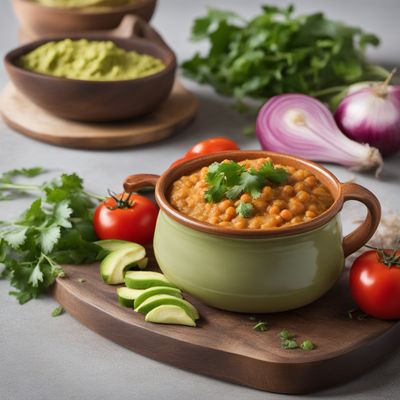
Midwestern Doubles
Savory Chickpea Pancakes with Spiced Toppings

Japanese-style Enchiladas
Sushi-inspired Enchiladas: A Fusion of Mexican and Japanese Flavors
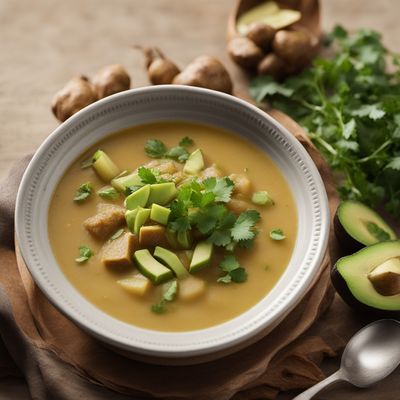
Ecuadorian Potato Soup
Andean Comfort: Ecuadorian Potato Soup

California-Style Sashimi with Avocado Salsa
Ocean Delight: California-Style Sashimi with Creamy Avocado Salsa
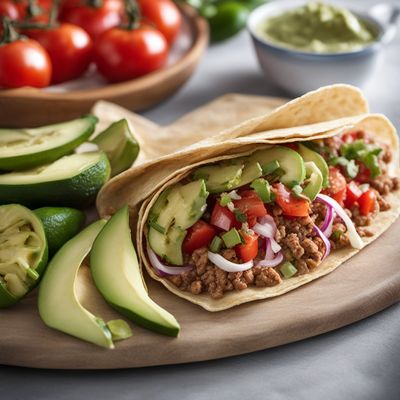
Honduran Baleada Recipe
Savory Honduran Delight: Baleada with a Twist
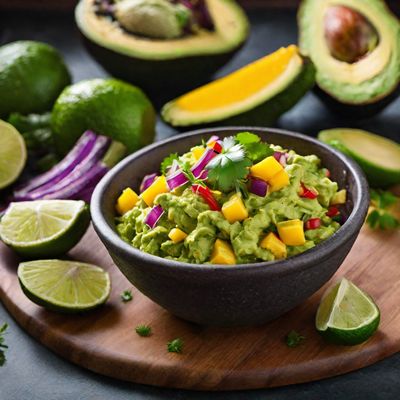
Brazilian-style Guacamole
Tropical Avocado Salsa

Dios Torta - The Divine Mexican Sandwich
Heavenly Delights: The Divine Mexican Torta

Guacamaya Menorquina
Savory Menorcan Guacamaya: A Fusion of Mexican and Minorcan Flavors
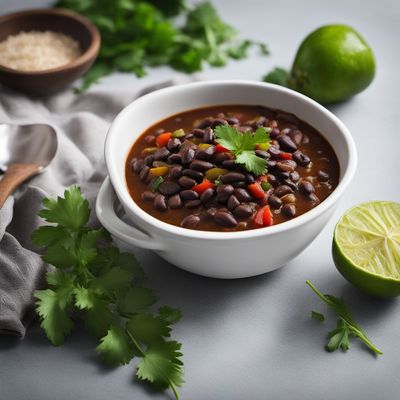
Venezuelan Black Beans Stew
Savory Delight: Venezuelan Black Beans Stew

Mexican-style Chicken Satay
Sizzling Spicy Chicken Skewers with Zesty Mexican Flavors
